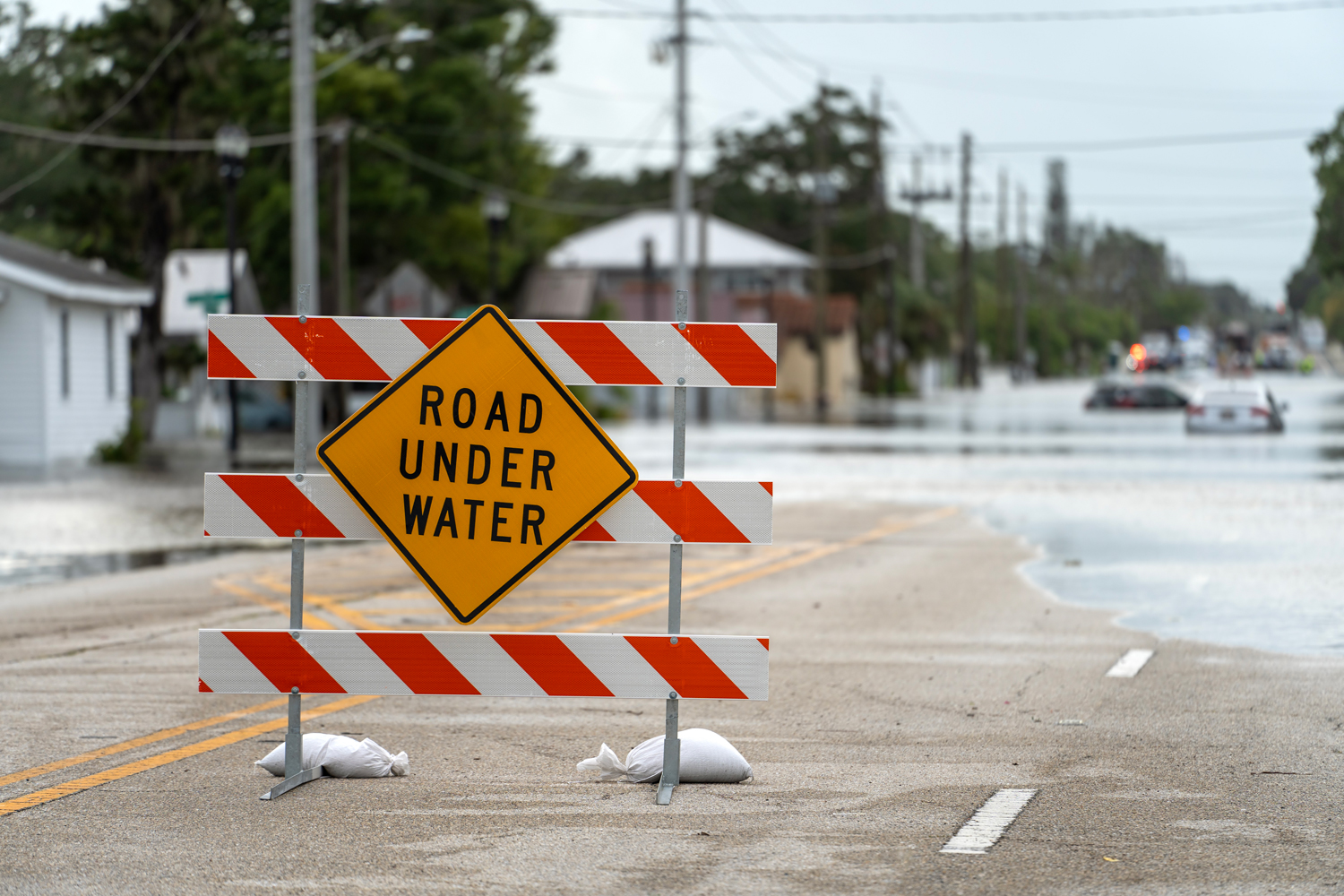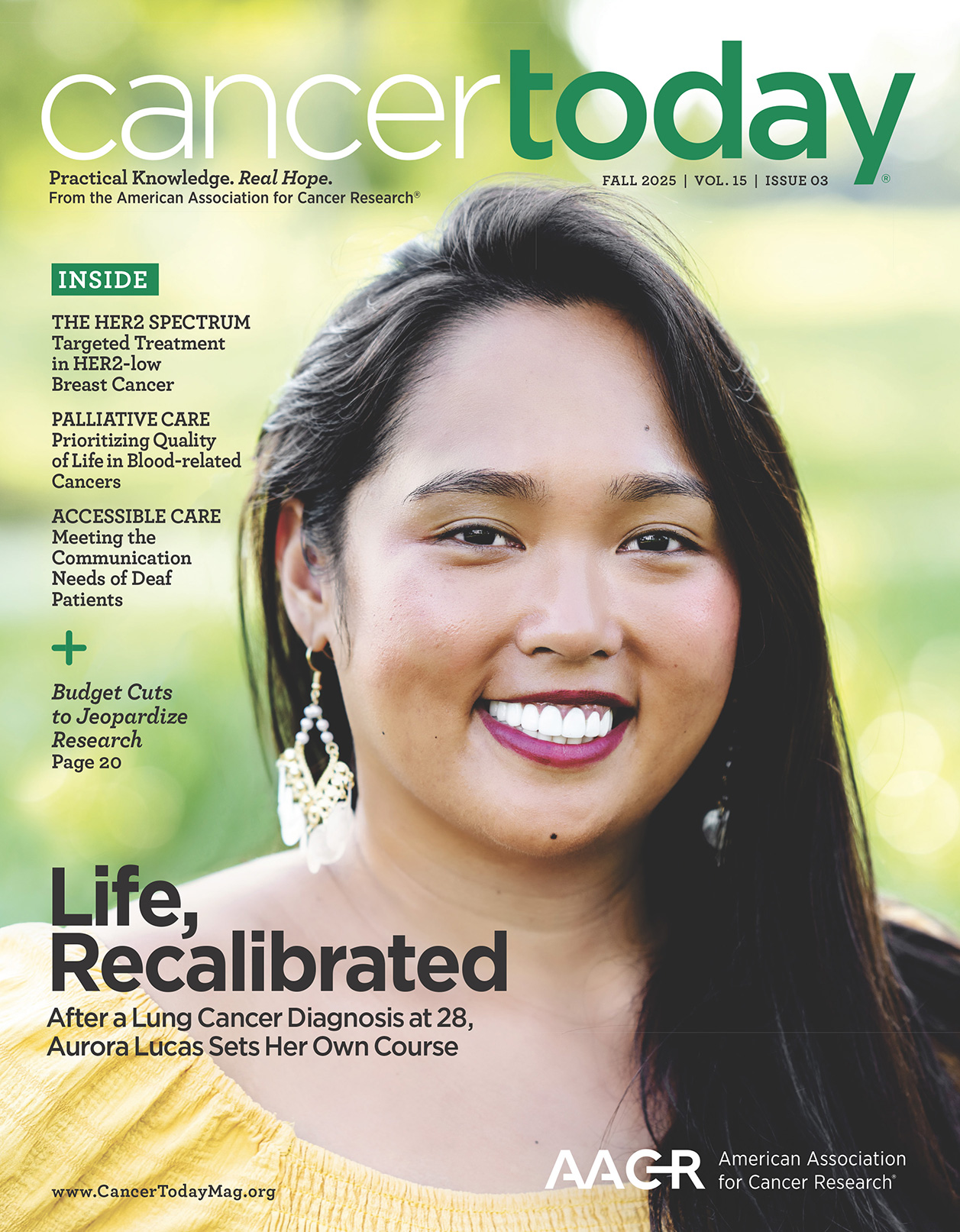Every week, the editors of Cancer Today magazine bring you the top news for cancer patients from around the internet. Stay up to date with the latest in cancer research and care by subscribing to our e-newsletter.
Cancer Patients and Clinics Face Challenges During Disasters
Rising cases of extreme weather are forcing patients, clinics and researchers to consider how disasters and accompanying disruptions to treatment affect care. Medscape reported on the ways wildfires, heat waves and hurricanes can keep people from getting to treatment for a week or longer. Even clinics with backup generators for power may not be able to deliver care if the water supply is cut, as was the case at a North Carolina center during Hurricane Helene in September 2024, Medscape reported. Roads blocked by trees, fire or floodwater can delay the delivery of needed medications and keep patients from making it to their appointments. Responding to these events, researchers have begun studying the impact of these disasters on people getting treatment. Recent research has included a 2023 study in JAMA Oncology that found people exposed to wildfires after lung cancer surgery had worse survival outcomes and a 2019 report in the Journal of General Internal Medicine that found patients who were in breast cancer treatment in Louisiana during Hurricane Katrina in 2005 had a higher risk of dying over the next 10 years than patients living elsewhere. Eric Bernicker, an oncologist at CommonSpirit Health in Westminster, Colorado, and lead author of an American Society of Clinical Oncology policy statement from 2023 about the impact of climate change on cancer care, told Medscape that the effectiveness of cancer care is based on strictly scheduled treatments. “We really are in a golden age of oncology therapeutics,” Bernicker said. “We have patients living longer than anyone would have predicted 20 or 25 years ago. But all those advances are contingent on people having access to their centers and not having that interrupted.” (Read Cancer Today coverage of climate impacts on cancer care from the spring 2024 issue.)
Understanding PSA Tests for Prostate Cancer Screening
News this week that former President Joe Biden was diagnosed with advanced prostate cancer highlighted ongoing questions about recommendations for screening using prostate-specific antigen (PSA) tests, NPR reported. Though cancer cells can produce PSA to an elevated level in the blood, normal cells can too, so PSA tests can produce false positives. Additionally, many prostate cancers grow slowly and may be unlikely to get to a point in older men where they are affecting the person’s health. Potential harms from PSA screening, including painful biopsies to investigate false positives and overtreatment of low-risk cancers, have weighed against overuse of the test, and one study found that men who got screening were no less likely to die than men who were not screened. The U.S. Preventive Services Task Force currently recommends that men ages 55 to 69 discuss prostate cancer screening with their health care provider, though previous guidance had ruled against screening for this group and men older than 70 are not recommended for screening. But some experts think more people should consider prostate screening, citing flaws in research and the fact that many men still die of advanced disease. Providers today are aware of the potential for overtreatment, and with additional tools such as MRI, more patients are choosing to monitor low-risk cancers instead of diving into aggressive treatment. “Men should get PSA testing in midlife with the goal of finding aggressive prostate cancer,” Matthew Cooperberg, a urologic oncologist and a professor at the University of California, San Francisco, told NPR. “If we find low-grade disease along the way, whether or not we call it cancer, we should not treat it. We just monitor it with active surveillance. If we do that, we can erase this cancer.”
Contrast-enhanced Mammogram and Abbreviated MRI Boost Cancer Detection in Women With Dense Breasts
Dense breasts are associated with a higher risk of developing breast cancer and greater challenges detecting cancer through standard screening with a mammogram. Researchers have explored different methods of additional screening in the hopes of finding a method that can effectively distinguish tumors from dense breast tissue without producing false positive results. A study published in the Lancet compared three potential approaches: automated whole breast ultrasound, contrast-enhanced mammography and abbreviated MRI. Over 6,300 women with dense breasts who received negative mammogram results at 10 breast cancer screening sites in the U.K. were randomly assigned to one of the three methods. The study found the cancer detection rates per 1,000 tests to be 4.2 for ultrasound, 19.2 for contrast-enhanced mammogram and 17.4 for abbreviated MRI, MedPage Today reported. The study also reported that contrast-enhanced mammogram and abbreviated MRI found smaller tumors, averaging 11 millimeters and 10 millimeters respectively, where ultrasound-detected tumors were 22 millimeters on average. An accompanying editorial noted that despite the potential to find additional cancers, the study didn’t include results on long-term outcomes, and the screening methods bring additional burdens, including higher costs and more people called back for additional testing.
Cancer Today magazine is free to cancer patients, survivors and caregivers who live in the U.S. Subscribe here to receive four issues per year.





